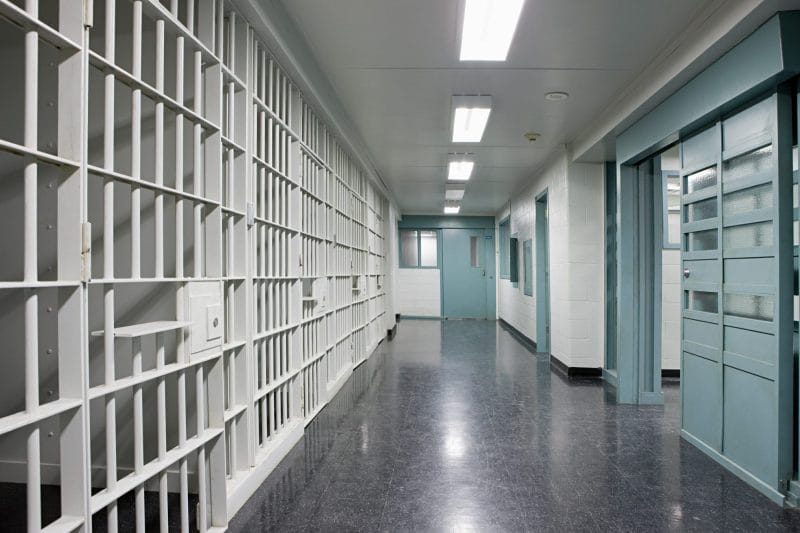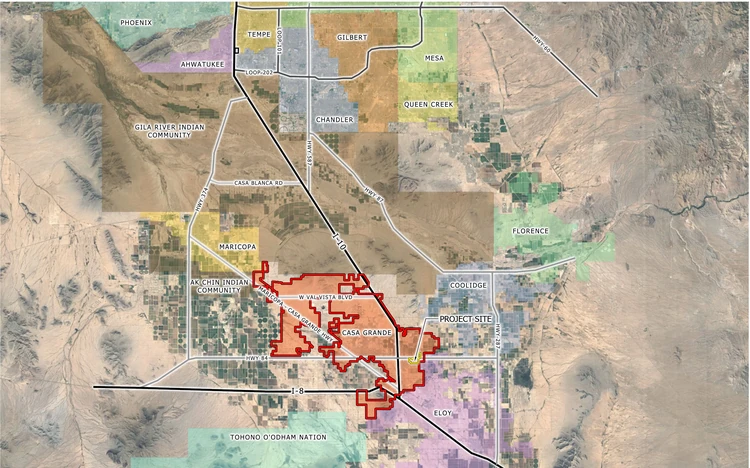
The once-swaggering company is losing more money and growing more slowly than ever. What happened?
By Mike Isaac | The New York Times
This article is adapted from the book “Super Pumped: The Battle for Uber,” by Mike Isaac, a reporter for The New York Times. The book will be published by W.W. Norton & Co. on Sept. 3.
“From the beginning,” the blog post began, “we’ve always been committed to connecting you with the safest rides on the road.”
It was April 2014, and Uber was announcing a new $1 charge on fares called the Safe Rides Fee. The start-up described the charge as necessary to fund “an industry-leading background check process, regular motor vehicle checks, driver safety education, development of safety features in the app, and insurance.”
But that was misleading. Uber’s margin on any given fare was mostly fixed, at around 20 to 25 percent, with the remainder going to the driver. According to employees who worked on the project, the Safe Rides Fee was devised primarily to add $1 of pure margin to each trip. Over time, court documents show, it brought in nearly half a billion dollars for the company, and after the money was collected, it was never earmarked specifically for improving safety.








